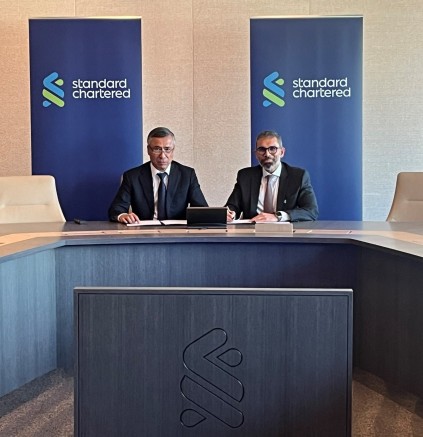The president Shavkat Mirziyoyev signed the Rehabilitation and liquidation of banks Bill into Law, which will take effect on September 25.
Rehabilitation is deemed a set of steps (financial assistance, sale, transfer to other persons, etc.) aimed at improving the economic and financial condition of a credit institution in order to avoid its bankruptcy.
The Central Bank is designated as the authorized government body in this area. The regulator shall develop a rehabilitation plan for systemically important banks, which specifies possible steps. The plan is subject to revision at least once a year, as well as in the event of significant changes in the organizational structure and (or) financial condition of the bank, or in the event of other factors that may affect its content or application. If necessary, the plan is subject to update.
As part of the rehabilitation, losses are primarily compensated by the bank's shareholders. Each shareholder shall be liable in proportion to their share in the authorized capital.
A bank is subject to rehabilitation if the following grounds exist:
- loss of solvency or a high probability of its occurrence;
- the steps taken by the bank, as well as the supervisory steps of the Central Bank, are not capable of eliminating the insolvency or the lack of probability of achieving the result within six months;
- the bank is systemically important, or its forced liquidation may hinder the achievement of such goals as preventing a financial crisis, ensuring the smooth operation of essential functions, protecting depositors and minimizing expenses from the state budget.
A bank is deemed insolvent if one of the following circumstances occurs:
- it is unable to satisfy customer demands within 7 days due to lack of funds;
- the bank's liabilities exceed its assets;
- the capital adequacy ratios and (or) the size of the authorized capital have decreased by 50% or more from the minimum established by law;
- the occurrence of circumstances threatening the safety of depositors' and creditors' funds transferred to the bank for safekeeping.
Almost similar grounds are provided for the rehabilitation of a holding company and recognition of it as insolvent.
The supervisory board, management or special manager of the rehabilitation bank appointed by the Central Bank have the right to terminate employment contracts with employees. Members of the management whose employment contracts shall be terminated in connection with the rehabilitation are not paid severance pay.
Rehabilitation steps include:
- transfer (sale) of assets and liabilities;
- creation of an intermediate (temporary) bank;
- write-off and (or) conversion of liabilities.
Forced liquidation of a bank shall be conducted on the basis of a decision of the Central Bank's board to revoke the license and carry out forced liquidation. It can be carried out both extrajudicially and in court.
In the liquidation process, tools shall be used to transfer the bank's assets and liabilities to another bank and (or) sell the bank's assets.











